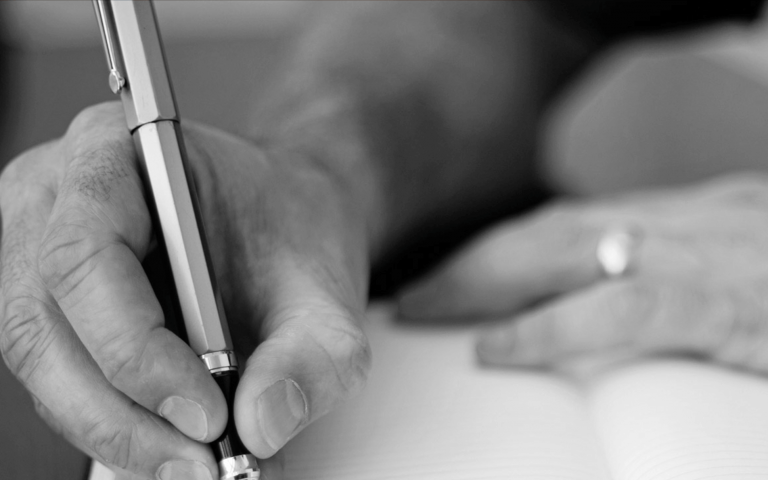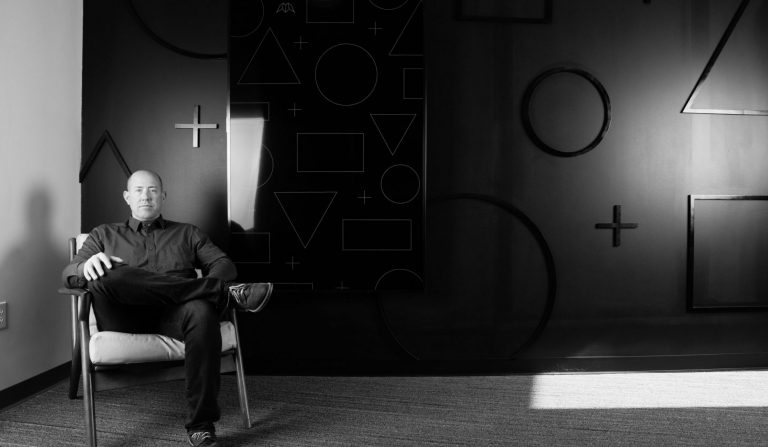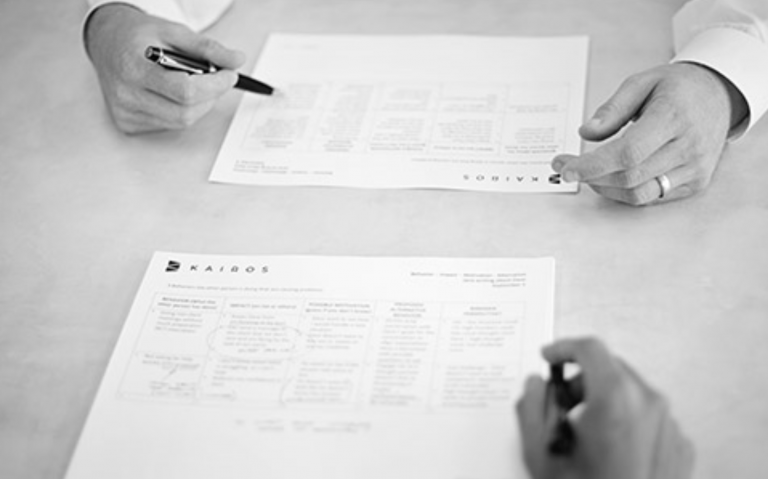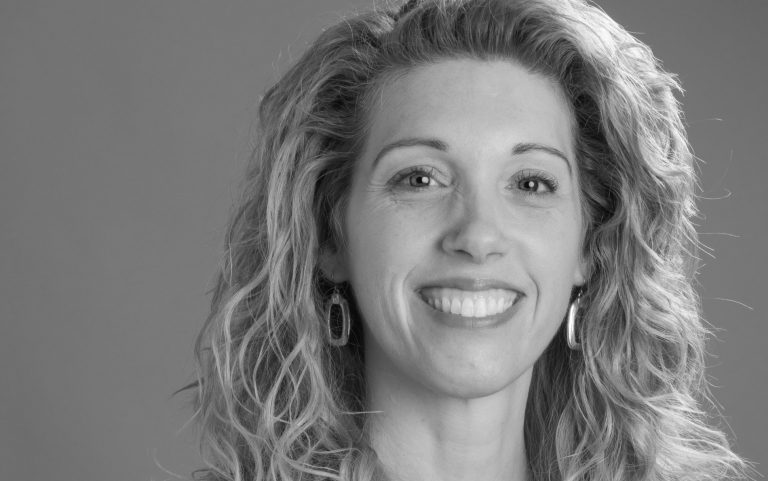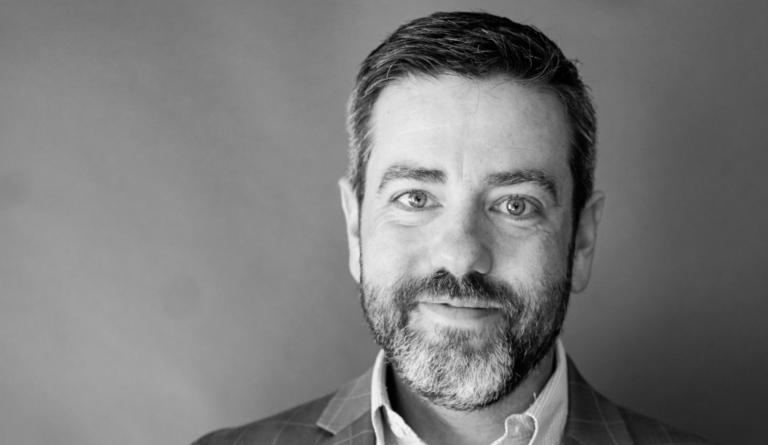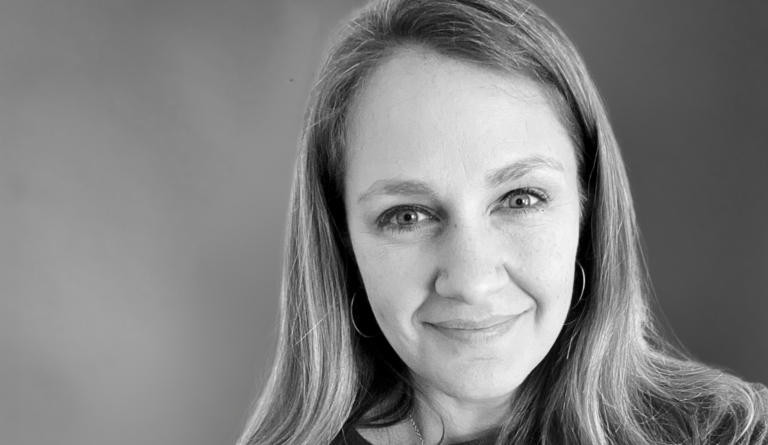Dear Friends,
How do we make sense of these turbulent times we find ourselves in? We read. We talk. We take action. We withdrawal. We grasp for some bit of information or some kind of traction that will give us a sense of control. The news offers little beyond death counts and closures. Most conversations just end up comparing notes on our shared uncertainty.
So how, when all is unpredictable and uncertain, do we begin to make sense out of the disorder? To start, I have no delusions that I have answers. I don’t. I’m not sure that anyone does. What I may offer – as trivial as it likely is – is a turn of the prism for your consideration In no particular order of importance, here are some reframes to consider:
Stillness: Fear puts us in a fight or flight frame of mind. When there’s not a clear threat to fight or flee from (beside social distancing and staying in), restraint allows us to discern our next best step. Rather than striving forward to regain control, we can accept the limitations of our moment and learn from the forced calm.
Connection – Fear breeds disconnection. Even though social distancing may be the best way to love others right now, that does not mean that we need to disconnect. Actually, social distancing may be an opportunity to find new reasons for virtual gathering and connection. By continuing to sustain connections and build new ones, we create culture and make meaning — we can choose for the content of our conversations to orbit hospitality and compassion, rather than fear, anxiety, and despair.
Rhythm – Structures are too strong of a word for such fluid circumstances. As we try to find our footing, we can pay attention to our daily rhythms and design new ones: to check-in, to think, to work, to connect, to eat, to help, to teach, to create. We can give intent to the rhythms of our day, even as they change tempo. Instead of our time succumbing to reaction and rumination, could we instead intend our time for creation and encouragement?
Hope – Anxiety and hope are both projections of the future based on a series of assumptions — they are strings of “if – then” statements. Anxiety projects the worst, and hope – while not projecting the best – carries with it an expectation of life. Hope doesn’t eliminate suffering from its equation, but it does assume the narrative arrives at restoration after the dust has settled. Life finds a way to persist. Furthermore, the tone of the information we consume gives shape to how we imagine the future – so maybe surround yourself with hope!
Attending – As much as the outside world churns, attending to our internal landscapes – while not likely to offer an anchor – helps us watch the character of our response in the world. And this can have an impact on our decision-making and on the peace of mind of our families and coworkers. This excerpt from the book When Faith Becomes Sight, articulates this attending best:
“ When you experience consolation , you generally feel at peace, energetic, and joyful. You’re full of gratitude — alive to your true desires and feel connected to God and others. When you experience desolation, you typically feel anxious, restless, fearful, and alienated from others. You are often plagued by feelings of insecurity and mistrust. When you experience consolation, your thoughts are calm, centered, and originate from a true, wise, knowing place within you. When you experience desolation, your thoughts are often spinning, looping and frenetic. You tend to catastrophize, believing the worst will happen.”
Notice, non-judgmentally, what’s going on with your emotional landscape throughout the day, and if anxiety or frenetic energy starts to crank up, choose to turn down the volume on it.
Purpose – It’s easy (and understandable) to get drawn into the undertow of worry. And when the bustle of the shock is over, to lose our sense of purpose. In a senseless world, we can find purpose in giving sense to others, where we can find it. Lift up your head and look around – you can find deep purpose in encouraging others, offering hope, inviting them in, meeting needs, creating connections, and generously spurring them to do the same. Sure, keep your physical distance, but come close to others. It’s likely that worry and fear have dulled the ability of many to connect, so by acting as a catalyst of hope, you can invite others into belonging and comfort.
Creation – Maybe most importantly – as individuals, as families, neighbors, coworkers, and certainly as faith communities – we can create. God brought order to chaos by creating. We can begin the process of reordering our communities through acts of creation – generative acts grown from deep listening and compassion. Turn the prism and spot needs and opportunities – and if you don’t see any, go find them. People need compassion, connection, and friendship now more than ever. Lean in with love, and find a way to bless others.
As a final word, I’m not tone deaf to the severity of our circumstances nor am I trying to downplay people’s anxieties in this moment, but the world is offering very much of the same tropes. I believe that hope, courage, and eyes lifted are imperatives now that will allow us to create toward a hopeful future.
Take care in peace,
Wes

